The Capri was slightly Allanté, somewhat Miata, and an entirely misguided Mercury
Platform sharing has been going on since the days of the Model T, which spawned everything from minimalist Runabouts to formal Doctor’s Coupes, but Ford really upped the ante by the early 1990s. You may remember one particularly impressive feat of late-’80s platform cross pollution pollination: the Cadillac Allanté, a custom-bodied E-body Eldorado that literally flew in from Italy to be assembled in America.
Luxury vibe and high-stakes budgets aside, I wager Ford’s gambit on affordable, top-down motoring was even more of an M.C. Escher–worthy supply chain. Only FoMoCo could cut up a Mazda family car, seek stylistic inspiration from two Italian design studios, source greasy bits from Mazda’s high-performance portfolio, apply the (then passé) name of Europe’s answer to the Mustang, assemble the whole lot in Victoria, Australia, and retail the resulting vehicle at dealerships still reeling from the ill-fated Merkur brand.
Boy, that’s a lot to process. With an origin story that complicated, how could the Mercury Capri not earn a spot of real estate in our hearts? There’s one big reason—but we’re getting ahead of ourselves.
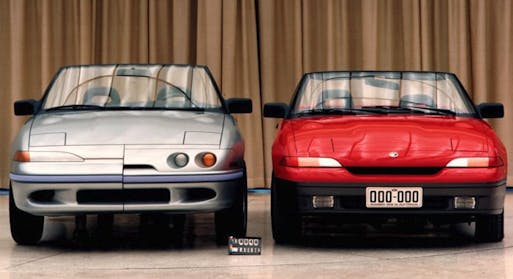
In theory, the Capri had the chops to make it work. Wait, hear me out on this.
Like the cosmopolitan Allanté, the Capri eschewed in-house notions from Ford designers for a final exterior penned by Carrozzeria Ghia. While Italdesign lost the bid for the body, its handiwork is present in the Capri’s minimalist yet purposeful interior. While the somewhat sleek skin may not have the proper proportioning of the rear-wheel-drive, low-slung, and long-hooded Miata, the Mazda 323–based platform has a fair bit of cred thanks to Mazda’s admirable efforts in Group A rally racing. There was even a turbocharged engine (XR2 model) with a mandatory manual transmission, a combination unavailable in the Miata.
The Capri was unlike its competition, and that evaluation doesn’t necessarily damn it with faint praise. That’s because the Capri was far more practical than a mere two-seat sports car. Even better, the rear seat—useless as it may be for grown humans—sported a hard-sided back, which folded to accomodate a significant amount of cargo, should the top remain up to allow full access to the trunk. The Capri’s standard tonneau cover topped the Miata’s exposed affair, while an optional hard-top secured four-season fun. There was even an optional, speedster-like cabin-cover so Capri owners can play Porsche Speedster in foul weather. You know, weather that’s ideally suited to wrong-wheel-drive propulsion.
But what made the Capri stand out was the aforementioned huffer, feeding extra air to the Mazda-sourced, 1.6-liter mill. The DNA is similar to what’s found in the Mazda 323 GTX, sans the all-wheel-drive drivetrain. A tragedy, but all automotive efforts inspire a cult-like following. Well, eventually. And the Capri XR2 deserves the following it has garnered, even becoming a credible threat in 24 Hours of Lemons races. Well, at least when the events are staffed with Spec Miata racers and seasoned B-series engine builders. Here’s a telling quote from one of the race Capri’s caretakers:
What can I say? After changing literally everything in the suspension and upping the boost to unimaginable levels, it’s the front-wheel drive Miata fighter it was always destined to be. –Zachary Fox
My bias is clear, but Mostly Harmless Racing and their #42 Capri XR2 shows us this ragtop had more potential than we knew.
So feel free to consider a modified Capri XR2 as a legitimate threat to a Miata, provided there are enough straights to let the turbo really sing. Who knows, maybe there are enough people willing to embrace the benefit and put Mercury on their list. No matter, the folks at Motorweek got their hands on a 1994 Mercury Capri XR2 as a swan-song review for this star-crossed captive import of Japanese, Italian, German, Australian, and American heritage.
The revised front/rear bumpers and bolder rear spoiler weren’t fooling anyone, but the 0-to-60 sprint of 8.0 seconds clearly meant the visually louder tail lights were all a 1.6-liter Miata would ever see at a stop-light grand prix. The 16.1-second quarter-mile time was also superior, and a strong 88-mph trap speed suggested the Miata had better make some headway in preparation of a racetrack’s wide-open straight before the checkered flag.
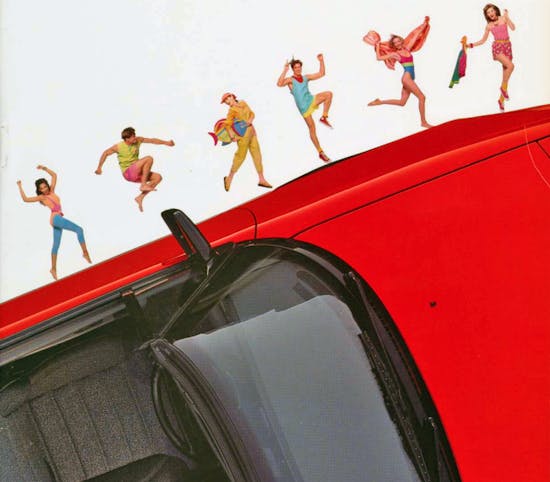
Turbo torque is irrelevant for most North American buyers of Lincoln-Mercury’s little droptop, but the $13,190 asking price ($14,900 for the turbocharged XR2) made Motorweek lament the passing of the cheapest example of the breed on the market. But I doubt there were many sleepless nights or tear-soaked cheeks upon the Capri’s passing, and its singular party trick was rendered pointless by the 1994 introduction of the 1.8-liter Miata. There could only be one winner, and it was clearly the product of thoroughbred Mazda engineering and pureblood roadster design.
In the end, the Capri’s strengths were also its downfalls. The price was right, but even with a turbo, nothing could stop the Miata’s righteous march to the hallowed halls of sports car perfection. Who knows, maybe all the billable hours Mazda charged to Ford for its effort actually subsidized the Miata’s R&D costs? Ford musta written Mazda a fat check for the privilege, but they forgot one cardinal rule in the car business: The answer is always Miata.
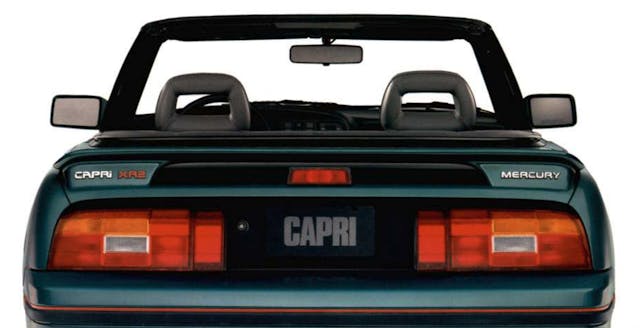
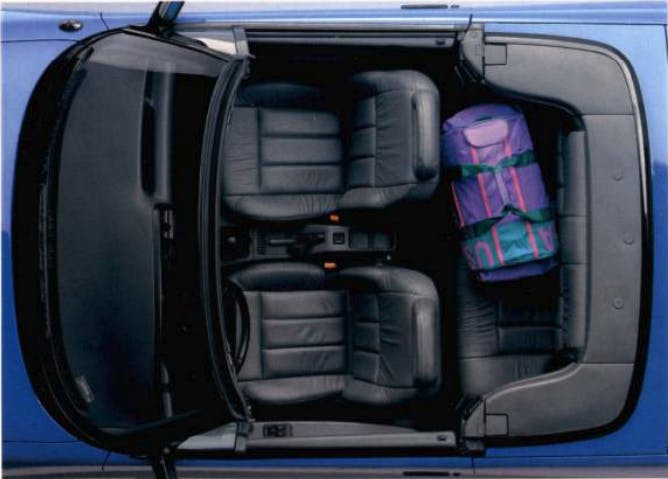
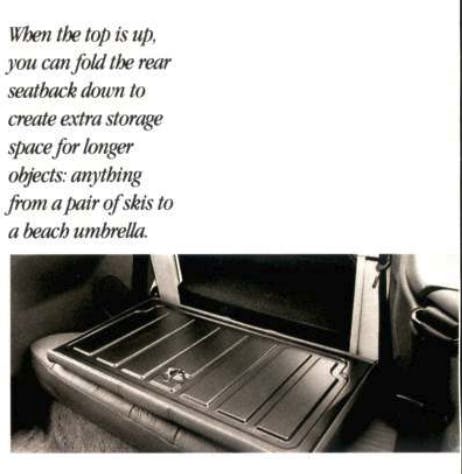
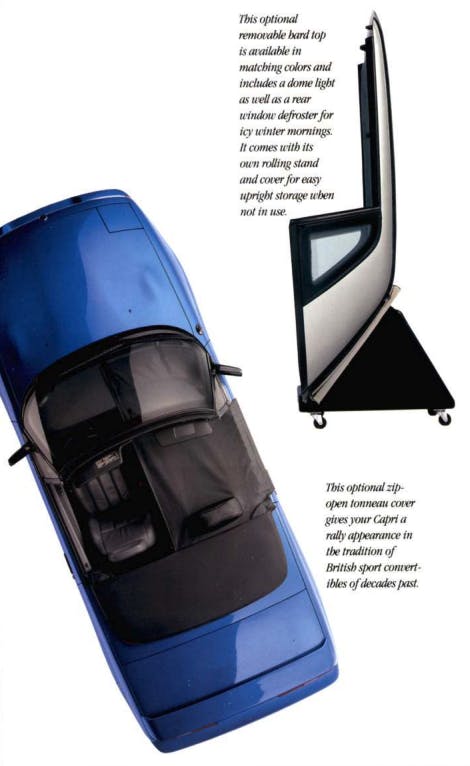

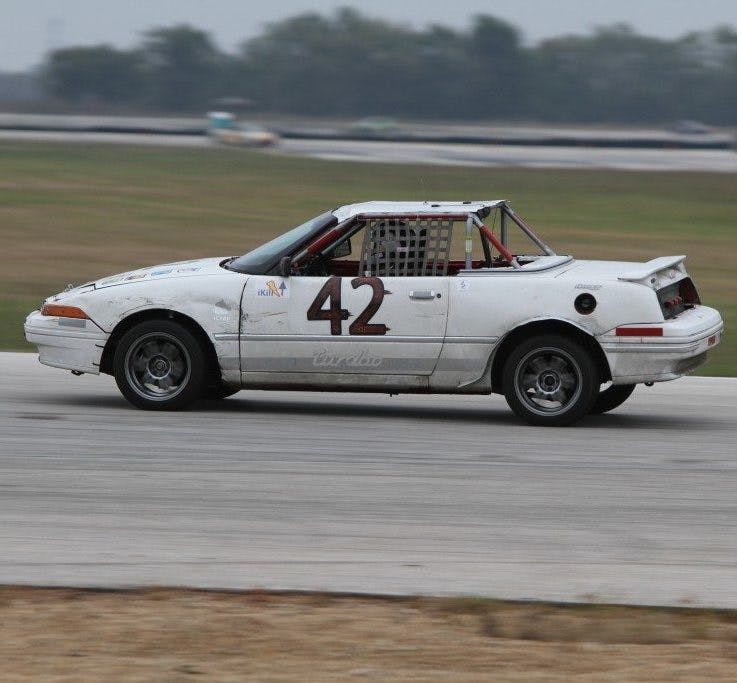

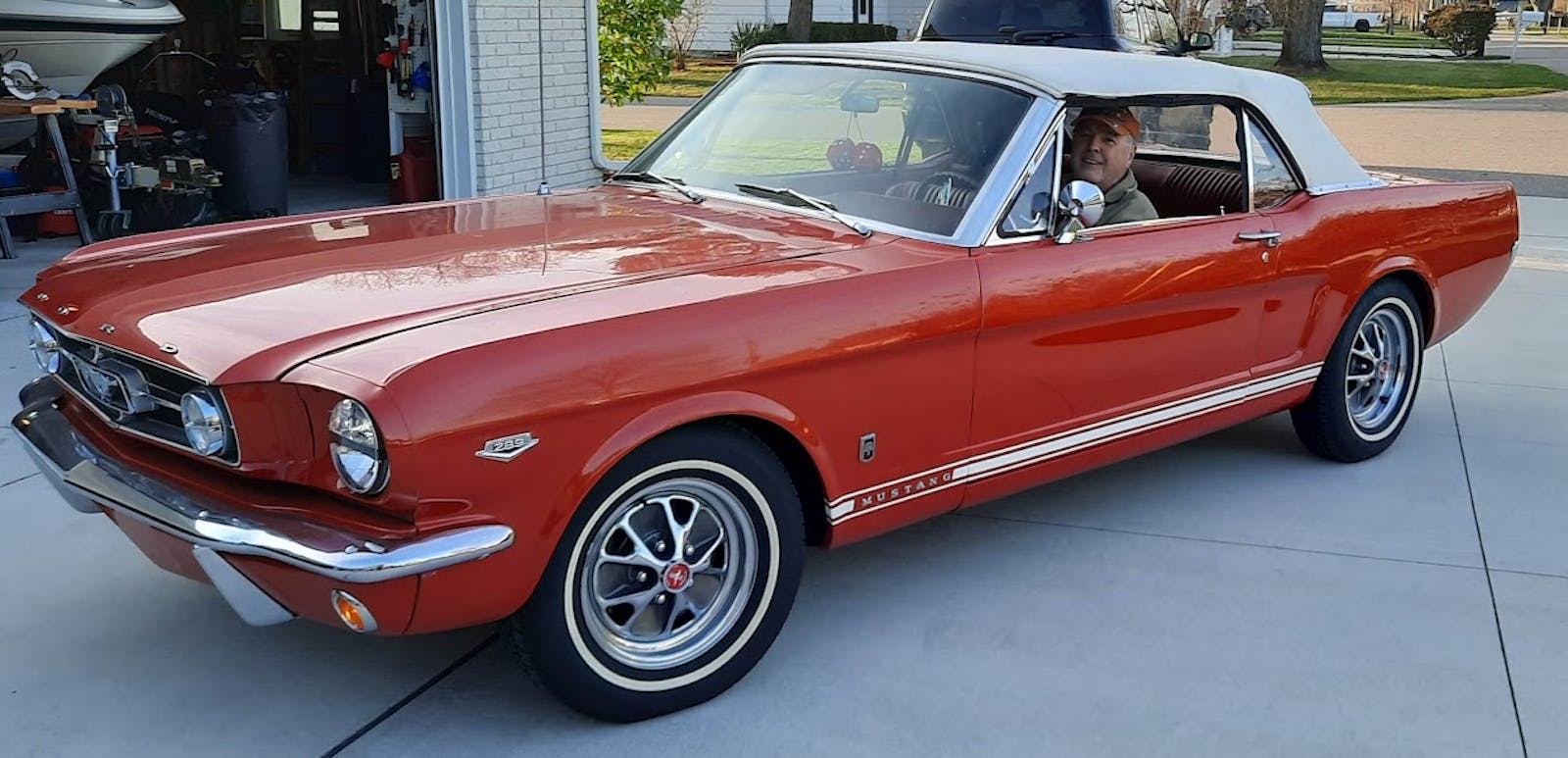
A friend of mine got one in 1990. The waiting list for a Miata was 3-6 months, and meanwhile they were giving these away over at the Ford dealership.
Funny how things work out, don’t they?
Were there any “classic” Mercurys after 1951?
Let’s hope 67-69 Cougar owners don’t read your question, Dan. 🙂
And if they put the Messenger into production, maybe there would still be a Mercury.
As much as I’d like that to be true, my business degrees tell me that wouldn’t have helped one bit.
Sadly you are probably right. So little of the car world actually has to do with product. It was a real shame, though. The Messenger was a striking car, especially in person.
Oh nice, wish I coulda seen it in person!
I resemble that remark! 🙂 And you have it wrong, it’s the 67-70 Cougar owners!
Oops and yes @69Eliminator, 67-70 is the high watermark.(speaking as a lowly 1988 XR-7 owner who knows his place in the hierarchy!)
I’ve owned my “classic” ’67 Cougar XR-7 since 1973 Sajeev, and yes I replied to Dan!
cougar eliminator beat anything from the 50’s but i do like a 49
Yes. My Son and I Have Comets. 65 Caliente Convertible and 65 Cyclone. Still mostly original and 2nd owners of each.
Brad
My ’67 Mercury Cougar XR-7 most certainly is a classic Dan!
Sure – the 1967 Cougar, and the 1963 Marauder, come to mind.
I have a 1970 Mercury Cougar 428 SCJ yes definitely a classic
…guess you don’t know your Mercurys very well if you’re asking that. Mercury Marauders, Comet Cyclones, original 1967-68 Mercury Cougars, 1969 Cougar Eliminator, Mercury S-55 models…and more!
I always saw this as a disappointing follow-up to the other 5.0-sporting Ford product and never took much interest in the car itself. It sounds like I didn’t miss a whole lot
The real trouble here was the same thing as the Allante FWD.
Front wheel drive was used to save money but it makes for as very poor sports car. Lotus even tried to do the Elan in FWD with mixed results.
You either have to put in Rear Wheel Drive or you need to move the drive train to the back like the Fiero and go Mid engine.
Not only was the FWD a problem but with a transverse engine up front and tall strut towers it makes for a high cowl even higher than the Miata and that hurts the car in styling, visibility and handling.
This was just a car that was never meant to be.
Agreed, while FWD is more palatable to me for an entry level asking price (especially if I lived up north back then, when winter tires weren’t what they are today) it’s pretty much a non-starter for me at the Allante’s price. I’d rather lease an SL-class Mercedes, but I could see a use case for a more practical version of a Miata with a turbo to boot.
Thank you for saving me from typing. The Capri and Elan was never in the same category as the Miata with a FWD drivetrain.
Great article!
With one being FWD and the other RWD there is no point in trying to draw comparisons.
Yet many people did – with the Miata mostly coming out on top, it seems. The Capri could be reasonably considered a year-round car for many who lived in snowy climates, though, which the Miata really was not.
According to a friend of mine who worked for Ford at the time they out they were a POS; he worked at the Norfolk Va plant & he was on one of the teams that went to Cali to reseal all the windshields in the cars because of a design flaw, spent a few months out there.
We bought one brand new in 1991. It was a loss leader at the dealership, listed at just under $10k. A red one with a black top, non turbo model. This was for my wife at the time, who didn’t drive a stick, so she learned literally on day 1 of ownership, living on the hilly streets of San Francisco. I had at the time (and still do) a 1971 Fiat 124 Spider, which coincidentally also has a 1.6 liter engine. So it was an interesting comparison. I thought the top was quite well designed, especially with the hard compartment for it to retract into. And that’s with the 124 Spider having perhaps the best designed soft top ever. I ended up driving that car towards the end of its life, as a commute car to the train station. I was quite impressed with the peppy 1.6 liter, 16 valve engine. I would have enjoyed driving one with the turbo. Perhaps that would be reminiscent of my current daily, a 2013 Fiat 500 Abarth Cabrio. 1.4 liter turbo. In the end, I thought that $10k for the non turbo version, you got a lot of car for the money. It was sporty, economical on gas and fun. We didn’t have a lot of issues with it mechanically either.
I bought one in ’92. Metallic black with the 50 series Michelins on 3 spoke wheels. Very pretty. The car was dead reliable in the 4 yrs / 80k miles I owned it, but I could never find a comfortable seating position with respect to the pedals. With the grippy tires, the body flexed like al dente pasta. Roomy, quick, and comfortable wasn’t enough to make it an endearing car.
The 1998 Ford Libre concept was another great stillborn idea that could have put Mercury back into the sportscar, (sporty car) realm.
Had a friend who drove one of these for many years, and just this week spoke with a woman sitting in her ’94, which she’d purchased new, who loved it. Perhaps it was a slow day in the parking lot, but I thought it visually had aged rather well.
FWD – That’s all that needed to be said. You can put lipstick on a duck…but it’s still a duck.
American automotive companies were all in on front wheel drive platforms. Yes…Camaro and Mustang were outliers but in this REIMAGINED segment…REAL WHEEL DRIVE was and STILL IS KING!
The Miata had more competition with the Z3 BMW which definitely met driver’s needs for UPSCALE while retaining the ESSENCE of open cockpit driving.
The bottom line is…the Capri could be considered a TEXTBOOK example of the American Company FAILING to understand the needs of the market and exploiting underserved or rather misunderstood wants.
We had a Merkur Scorpio , it was in teh shop so often that our neighbors thoght we had a new town car. The Scorpio was a ford executive car , we bitched so hard they gave us a new Capri turbo even exchange. Great snow car & it was a great cruiser. On the autoX is was OK but no Miata, gave many years of good service and other than rusting imediately which dealer fixed it was a fun & practical driver
I had a new Miata at the time. Being a Ford fan, I have these a look.
Still have the brochure.
Style-wise I liked it except for the slab sides. That combined with its short length made it look too boxy.
I got the brochure – don’t have that anymore – along with the vacuum packaged T-shirt Ford would mail out. Still have that, although it’s clearly a shop towel now.
If your auto’s only claim to fame is it has a fold down rear seat, you are F’d from the drop.
I think XR’s being faster than a 1.6 Miata is a bigger claim to fame, but that’s just me.